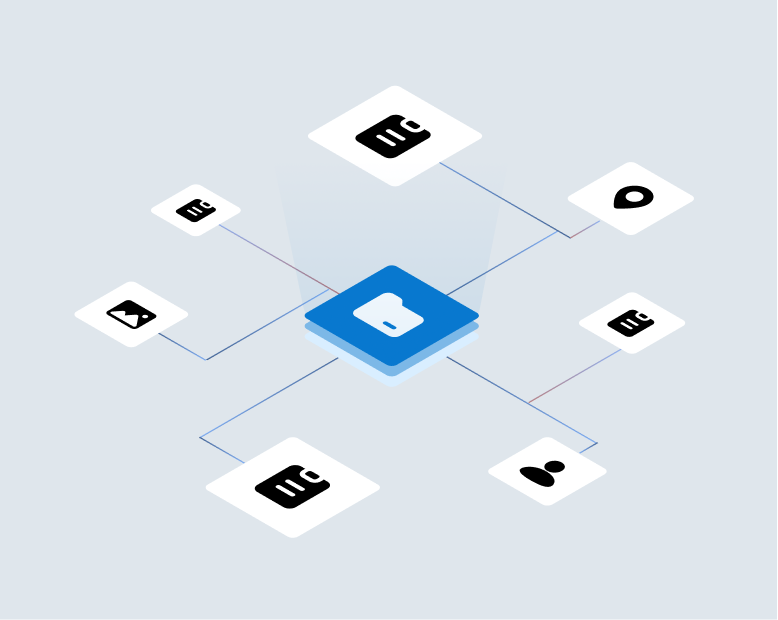Disclaimer: This story is inspired by a real claim, with details changed to protect privacy. It highlights the everyday challenges faced by insurance adjusters.
A recent encounter with a suspicious roof damage claim revealed vulnerabilities in an insurance carrier’s approach to both underwriting and claims handling. The adjuster discovered an aging roof with significant wear and tear, topped with scattered wind-damaged shingles. Several red flags emerged: the damage appeared old, the windblown shingle tears suggested pre-existing damage, and the neighborhood boasted several newly replaced roofs. Given the area’s age, could this be coincidence, or did a stronger storm previously hit?
As part of their process, the adjuster reviewed the policy and history, armed with their inspection photos and notes. Prior claims revealed the insured had filed for wind damage twice before. Comparing the current roof’s state to old claim photos, it was clear repairs were never made. Notably, no follow-up existed between the carrier and the insured regarding these prior claims post adjustment. Left with a pocket full of cash and radio silence, the insured was untethered, ready to exploit another storm and repeat their scheme. Situations like this underscore the critical importance of targeted risk assessment at point of sale (POS) and renewal.
- Scrutinizing applicants’ risk profiles and reassessing them during renewals could have flashed warning signs.
- Open inter-departmental communication: Collaboration between underwriting and claims departments could have identified frequent, similar claims and triggered deeper investigations. Too many embedded silos exist within carriers – expanding experience types to address problems freshens perspectives and solutions.
- Proactive customer engagement post-loss: Verifying the status of repairs and educating policyholders about following through with the claim process instills trust and discourages abuse. Interaction delivers a double benefit – reciprocating customers can be a sign of good risk while bad or evolving risks are hesitant to act if the perception of oversight lingers above.
Underwriting Oversights:
- Inadequate Prior Loss Inquiry: A comprehensive review should uncover all past claims, regardless of source data. Integrating internal & external databases, customer attestations, and cross-referencing all the information paints a more complete picture.
- Limited Roof Inspection: A cursory glance isn’t enough. Asking detailed questions can reveal indicators of pre-existing wear and tear, prior claims, and their dispositions, leading to a more accurate risk assessment.
Renewal Missteps:
- Superficial Risk Reassessment: Renewals shouldn’t be formalities. Reassessing prior claims, repair completion status, and local weather events can unveil red flags before it’s too late.
- Undetected Claim Patterns: Frequent, similar claims within a short period suggest abuse. Data reviews and open communication between departments can better detect such patterns and trigger investigations.
Claim Follow-up Flaws:
- Missing Repair Verification: Simply issuing payments isn’t enough. Simple, standardized virtual post-loss photo requests can ensure repairs are completed, preventing future claims for the same issue.
- Limited Communication: Open communication fosters trust and discourages fraud. Engaging with a policyholder post-claim, addressing concerns, and educating them about proper repair procedures can go a long way.
Reinforcing the System:
- Enhanced Underwriting Practices: Combining thorough prior loss inquiries with detailed risk data helps identify high-risk policies from the outset.
- Rigorous Renewal Evaluations: Regularly reassessing risk profiles, considering claim history, repair completion, and local peril patterns helps mitigate evolving risks.
- Proactive Claim Management: Implementing post-loss repair verification protocols and maintaining open communication deters abuse and promotes responsible behavior.
A multi-pronged approach addressing underwriting, renewal, and claim management practices is crucial. By proactively managing risk and fostering transparency, insurers can safeguard their systems against exploitation, ensuring fairness for legitimate claimants while protecting themselves from unnecessary losses. Vigilance and a commitment to comprehensive assessment are key to navigating the complexities of risk.


